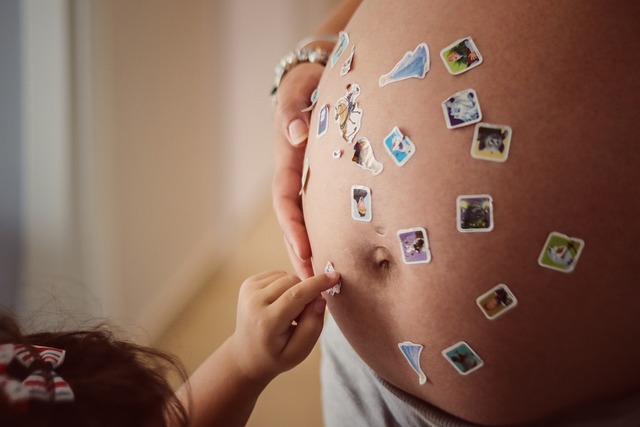So, what happens when the number of follicles isn’t quite what we hope for? If you’re dealing with three or fewer follicles during your fertility treatment, it can be a confusing time. Many women experience difficulty conceiving due to low egg quality and quantity, which is often referred to as Ovarian Reserve. This can happen for a variety of reasons, whether it’s the natural aging process, genetic factors, or medical issues like endometriosis. In fact, around one in three women face challenges related to this condition.
During an IVF cycle, the primary goal is to stimulate the ovaries to produce eggs, but not all patients respond equally. Those with diminished ovarian reserve might only develop a couple of follicles, or sometimes even just one. While a typical response might yield around ten follicles, having fewer than three raises concerns about the chances of success. That’s why some doctors recommend switching from IVF to intrauterine insemination (IUI) to make better use of the follicles that have developed.
A recent study presented at PCRS looked into pregnancy outcomes for patients with three or fewer follicles who chose either IVF or IUI. Researchers analyzed over 1,000 treatment cycles from 2004 to 2011. Interestingly, they found that about two-thirds of patients opted for IVF, while one-third preferred IUI. The results were pretty telling: for those with one follicle, the live birth rates were 2.9% with IVF compared to 2.6% with IUI—essentially a tie. However, with two follicles, IVF had an impressive 8.7% live birth rate versus 3.4% for IUI—showing a significant difference. For three follicles, the rates were 11.9% for IVF and 6.6% for IUI, which didn’t differ statistically. Overall, the live birth rate across all cycles with three or fewer follicles was 9.3% for IVF compared to 3.4% for IUI, marking a significant advantage for IVF.
Feeling overwhelmed? You’re not alone. Exploring your options and understanding the implications of your follicle count can be daunting. For further insights, check out our other blog post on the mental health impact of trying to conceive here. And for those interested in at-home options, you might want to look into this artificial insemination kit which can be a helpful resource. If you’re seeking more detailed information about IUI, Healthline offers a great overview.
In summary, when facing three or fewer follicles, it’s essential to weigh your options carefully. IVF may provide better chances for success compared to IUI, but each individual’s situation is unique. Consulting with a fertility specialist can help you make the most informed decision for your journey toward parenthood.

